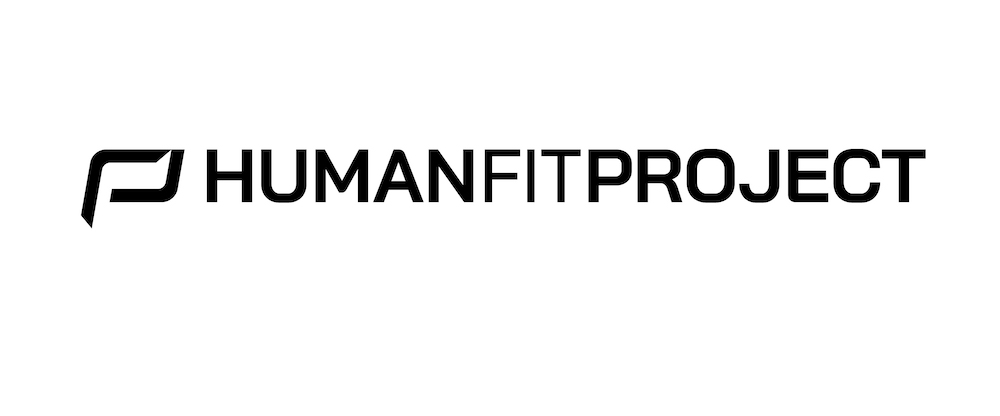Our culture is obsessed with looks. There’s health and the perception of health. There’s absolutely nothing wrong with wanting to look and feel great in your own skin. We certainty endorse it. But well also never lose sight of doing what’s right for quality of life. These exercises won’t necessarily give you a six-pack, massive shoulders, a barrel chest, a v-tapered back, or eliminate your “FUPA”. They will, however, make the body strong and resilient.
1. Hip Flexor Stretch on Couch aka Couch Stretch
We spend so much time sitting that our ligaments, tendons, muscles aren’t as elastic as they should be. Here is a great stretch one can incorporate anywhere at anytime to fix some of those nagging issues of lost flexibility. The Couch Stretch is a great stretch to open up the hips and help alleviate common knee pain (patella tendonitis) aka runner’s knee, hip and back pain.
1. Back feet up against wall or box, use cushion to support knee.
2. Slide leg so that knee fits in corner of floor, making shin flush with the wall or couch and point your toe. Squeeze your glutes in particular the one that is being worked in. This will stabilize your lower back and position hip joint properly.
3. Draw up right leg and put on front of you with shin vertical.
4. With butt squeezed drive the front of hip toward ground maintaining position for 1 minute.
5. Drive hip flexor by lifting torso and hold for another minute keeping your abdominals engaged. Drive your hands to the sky, reach back and across to scour out different angles and avenues that may be bothering you and need releasing..
Give this movement a try DAILY and let me know how you feel
2. Plank or Front Pillar
1. Like the top of a push-up, start on all fours aligning wrists with shoulders. Spread fingers wide and press palms into floor.
2. Hollow out the belly and step feet way back, curling toes under so thighs lift as you straighten legs.
3. Heels together, knees together, but together, quads tight, abs pulled in (think bellybutton to spine) should all be in one long line.
4. Hold for 30 seconds and then rest. Try 3x.
This confidence boosting strength pose is the ultimate ab builder as it requires many core muscles to keep your body in proper form.
3. Savanna
Lie comfortably on back. Separate arms from body about 45 degree angle, Palms facing up. Rest legs as wide apart as feels comfortable. Allow feet to relax and roll open.
Do a full mental body scan from top to bottom. Are you relaxed? Release ALL tension. Lie here up to 5 minutes letting entire body calm down.
Many say this pose with no physical exertion is the hardest to master. They say this because you have to completely focus on the present no outside thoughts.
4. Kettlebell Swing
Kettlebells alone are great because of their versatility and wide range of benefits. The “swing” in my opinion is king of the exercises. The great thing about swings is that you can get a lot “metabolic mayhem,” as I call it in a short time. They’re a great exercise for developing posterior chain. Truly helps desk jockeys who sit and experience “lower crossed syndrome”. Swings help to strengthen the core deep abdominal muscles in ways sit ups and crunches can’t. The abdominal muscles work to stabilize pelvis and lower back.
This exercise also works to boost resting energy expenditure (metabolism) post workout. Not only will you burn more calories post workout, you’ll also have the benefit of hormones such as growth hormone, adrenaline, and others stimulating fat oxidation. It’s pretty hard to find a single exercise that can produce such a broad range of benefits in minimal time and space.
5. Sprinting
To me this is an unmatched exercise that many need to get back to. Just a few of these 2x a week at maximal effort can provide your body with that conditioning and fast burning effect that it truly needs to transform or just get in shape.
Sprinting, a simple form of speed training exercise, offers more than just calorie burning. Certain enzymes become abundant within the body each time sprinting occurs. These enzymes, along with normal cell functions, help the body store more calories and energy within the muscle tissue rather than the fat storages within the body. Through this process, the body steadily depletes all of its fat storages that normally account for weight gain.
Sprinting also increases the amount of impact training involved in a workout regimen. The high level of impact involved in sprinting increases bone strength and density. Impact exercises also aid the building of new muscle tissue around the bones and throughout the rest of the body.
Sprinting naturally increases the body’s endurance strength, making longer cardio and muscle strengthening training sessions easier to complete. Through sprinting and speed training exercises, the body increases its ability to store oxygen, which helps the muscles function in all forms of exercise.
Another benefit directly related to sprinting involves the increase in mitochondria size. These cell parts store the energy consumed through food sources, then release the energy to the parts of the body that require and ensure work or repair. In other words, working muscles receive more energy, because cells become better suited to store and release energy in an efficient manner, ultimately increasing growth. Head over to the track and or local hill do a good warm up and knockout 6-8 max effort sprints 2x a week. After about a month you will not only feel the difference you will see it.
6. Superman
Start on your hands and knees, back flat like a table and core tight. Extend your right leg back behind you as you reach your left arm forward. Hold for 2 seconds, then return to start. Repeat with the left leg and right arm. That’s one rep; do 10-15 pausing for 2 seconds at the top of each. Make sure to squeeze your glutes, keep abs tight.
Once you have mastered this progression you can try the advanced version of same leg, same arm. This will be more challenging on your balance and stability. Imagine as if you have a glass of expensive wine on your back and try not to spill it.
7. Myofascial Release
Many have heard of this method and implemented into their daily routines to prepare their body for workouts, finish workouts or just overall feel better. This is a method some call the poor man’s massage as it can be done with a foam roller, softball, lacrosse ball or even thumbs, elbows and much more. Using this method will help improve the body’s fascia and put it back in its natural well lubricated state, think elastic and springy.
In the normal healthy state, the fascia is relaxed and wavy in configuration. It has the ability to stretch and move without restriction. When we experience physical trauma, scarring, or inflammation, however, the fascia loses its pliability. It becomes tight, restricted and a source of tension to the rest of the body. Trauma, such as a fall, whiplash, surgery or just habitual poor posture over time and repetitive stress injuries has a cumulative effect. The changes they cause in the fascial system influence comfort and the functioning of our body. The fascia can exert excessive pressure producing pain or restriction of motion. They affect our flexibility and stability, and are a determining factor in our ability to withstand stress and strain.
The use of Myofascial Release allows me to look at each patient as a unique individual. Our one-on-one therapy sessions are hands-on treatments during which I use a multitude of Myofascial Release techniques and movement therapy. This helps promote independence through education in proper body mechanics and movement, through the enhancement of strength, flexibility, and postural and movement awareness.
While Myofascial Release may share some commonalities with traditional massage, it is a modality that reaches deeper and creates lasting change. It shares a common goal with standard physical therapy practice, however works from a different perspective. In a traditional physical therapy setting, pain is often viewed as a result of weakness. Strengthening an already tight system often only makes the problem worse.
Myofascial Release relieves the tightness and pressure from your body, allowing strength and function to return in a natural manner and returning you to your desired state. You can start with larger areas such as your lower back, quads, IT band, hamstrings, and slowly work to areas more intricate such as lats, glutes, even some areas of the chest. Start with the righted areas that you know you need work and slowly work your way around the body.
8. Sleeping (Recovery)
To me this is the most critical of all. If not getting enough deep REM sleep you will feel the difference throughout your overall daily productivity. For someone like me napping is essential and when I do sleep I make sure to focus on the quantity but overall the quality of that rest that I am getting. This for many could go at the top of the list of the top 8 moves as without we cannot perform at our best. Make sure you are getting at least 6-8 quality hours of sleep a night. This will help with cortisol levels, insulin, overall growth and recovery, this one you can never really get enough but you can get to little.




